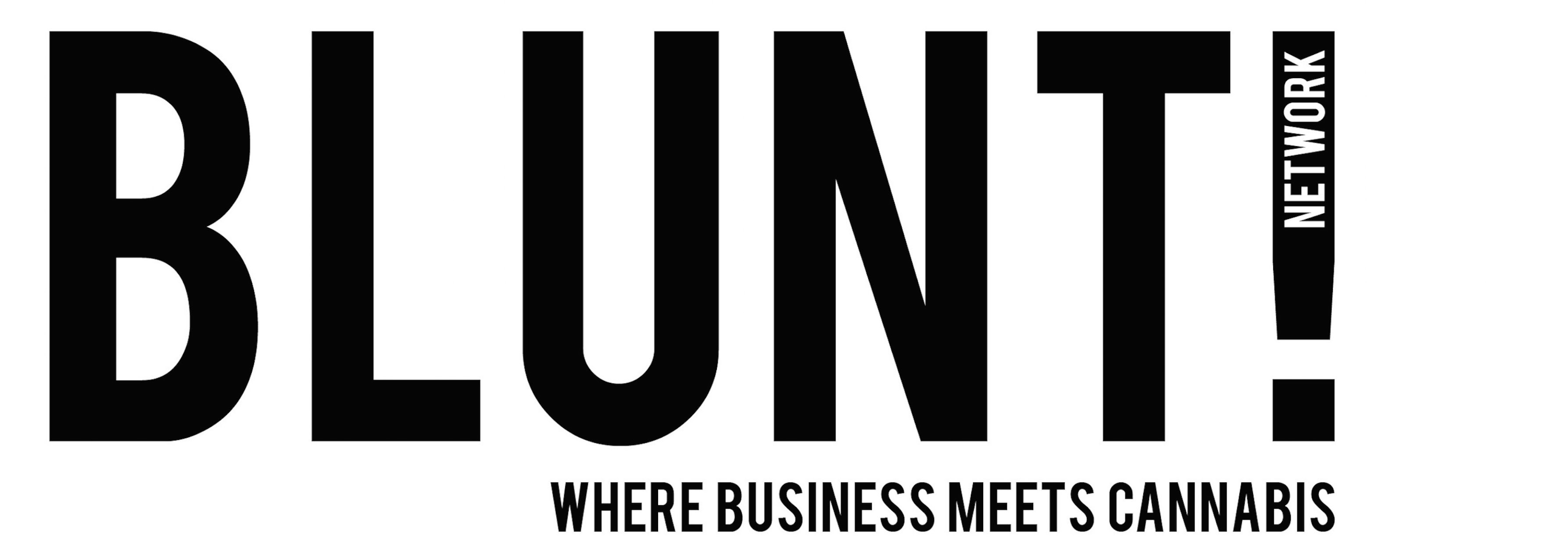Therapix Biosciences Initiates Non-clinical Studies for its Antibacterial Program in Collaboration With the Weizmann Institute of Science and Tel Aviv Sourasky Medical Center
TEL AVIV, Israel, Oct. 30, 2017 /PRNewswire/ — Therapix Biosciences Ltd. (NASDAQ: TRPX) (“Therapix” or the “Company”), a specialty, clinical-stage pharmaceutical company focusing on the development of cannabinoid-based treatments, has initiated non-clinical studies to evaluate the efficacy of its proprietary compound THX-150 in collaboration with the Weizmann Institute of Science and the Tel Aviv Sourasky Medical Center. THX-150 is a pharmaceutical composition of dronabinol (synthetic ∆9-tetrahydracannabinol) and/or palmitoylethanolamide (PEA) along with a selected antibacterial agent that the Company believes may possess synergies.
Adi Zuloff-Shani, Ph.D., Chief Technology Officer of Therapix, said, “We believe our proprietary cannabinoid-based candidate therapy, which employs an alternative mechanism of action, provides a possible solution to the peril of antibiotic drug resistance. In our preliminary studies, we observed that cannabinoids increase the potency and decrease the minimal required therapeutic dosages of antibacterial agents, thus potentially minimizing the development of drug resistance and reducing side effects from antibiotic treatment.”
Professor Itamar Shalit, M.D., Associate Professor in Pediatrics at Tel Aviv University and a leading authority on infectious diseases, said, “In our earlier non-clinical collaboration with Therapix, THX-150 was effective in eradicating resistant bacterial strains significantly better to what was observed in the bacterial controls treated only with antibiotics. In this particular case, we evaluated our technology’s utility in acting synergistically with gentamicin, a well-accepted antibacterial therapy, and reducing its dose requirement for eradicating certain bacteria including resistant strains. We were encouraged by the early results and believe there could be broader applications within the antimicrobial sphere.”
Dr. Berta Strulovici, Ph.D., Director of the National Center for Personalized Medicine in Israel said, “This collaboration between Therapix Biosciences and the Israel National Institute for Personalized Medicine (INCPM), at the Weizmann Institute, uses top-of-the-line genomic techniques and will accelerate the elucidation of the mechanism of action.”
“There is a dire need for new antibacterials in the clinic,” said Professor Rotem Sorek, a professor of microbiology at the Weizmann Institute of Science, who is one of the leaders in the CRISPR field. “An antibacterial drug with a new mechanism of action would be revolutionary.”
About Therapix Biosciences:
Therapix Biosciences Ltd. is a specialty clinical-stage pharmaceutical company led by an experienced team of senior executives and scientists. Our focus is creating and enhancing a portfolio of technologies and assets based on cannabinoid pharmaceuticals. With this focus, the company is currently engaged in two internal drug development programs based on repurposing an FDA approved synthetic cannabinoid (dronabinol): THX-110 targets the treatment of the symptoms of Tourette Syndrome; and THX-130 targets the high-value and under-served market of mild cognitive impairments and Traumatic Brain Injury (TBI).
Please visit our website for more information at www.therapixbio.com.
About THX-150:
THX-150 is a drug candidate intended for the treatment of infectious diseases. It consists of Dronabinol (synthetic ∆9-tetrahydracannabinol) and/or Palmitoylethanolamide (PEA) and selected antibacterial agent and possesses antimicrobial synergy potential. Dronabinol is the active ingredient in an FDA approved synthetic analog of tetrahydrocannabinol (“THC”), which is the psychoactive molecule in the cannabis plant, and palmitoylethanolamide (“PEA”), which is an endogenous fatty acid amide that belongs to the class of nuclear factor agonists, which are proteins that regulate the expression of genes. Antibiotics are a type of antimicrobial drug used in the treatment and prevention of bacterial infection.
About Antimicrobial Resistance:
According to the World Health Organization, antimicrobial resistance, classified as a ‘serious threat’, occurs when microorganisms are exposed to antimicrobial drugs. As a result, medicines become ineffective and infections persist, increasing the risk of spread. New resistance mechanisms are emerging globally, threatening the ability to treat common infectious diseases. Without effective antimicrobials for prevention and treatment of infections, medical procedures such as organ transplantation, cancer chemotherapy, diabetes management and major surgery are jeopardized. Antimicrobial resistance increases the cost of healthcare with lengthier stays in hospitals and more intensive care required.
According to the U.S. Centers for Disease Control and Prevention in conjunction with research conducted at Tufts University, antibiotic-resistant infections add considerable and avoidable costs to the already overburdened U.S. healthcare system. In most cases, antibiotic-resistant infections require prolonged and/or costlier treatments, extend hospital stays, necessitate additional doctor visits and healthcare use, and result in greater disability and death compared with infections that are easily treatable with antibiotics.
About Weizmann Institute of Science:
The Weizmann Institute of Science is one of the world’s leading multidisciplinary basic research institutions in the natural and exact sciences. The Weizmann Institute has a long history of investigation and discovery rooted in a mission of advancing science for the benefit of humanity. In parallel, it educates a substantial proportion of Israel’s scientific leadership and advances science literacy in schools and among the public.
About the National Center for Personalized Medicine in Israel:
The Center will be applying novel technologies in genomics, proteomics and High Throughput Screening to enable and advance Personalized Medicine in Israel.
About Tel Aviv Sourasky Medical Center:
Tel Aviv Sourasky Medical Center (Ichilov) is the largest acute care facility in Israel, treating about 400,000 patients and hosting 1.8 million patient visits per year. A 1500-bed world-class governmental academic medical center, Tel Aviv Sourasky Medical Center serves a population of one million people, including residents from the greater Tel Aviv area and visitors to the metropolis.
Forward-Looking Statements:
This press release contains forward-looking statements about the Company’s expectations, beliefs, and intentions. Forward-looking statements can be identified by the use of forward-looking words such as “believe”, “expect”, “intend”, “plan”, “may”, “should”, “could”, “might”, “seek”, “target”, “will”, “project”, “forecast”, “continue” or “anticipate” or their negatives or variations of these words or other comparable words or by the fact that these statements do not relate strictly to historical matters. Such forward-looking statements used in this press release include, among other things, references to the clinical and commercial potential of THX-150 for antimicrobial resistance. Actual results could differ from those projected in any forward-looking statements due to numerous factors. Such factors include, among others, our ability to raise the additional funding needed to continue to pursue our business and product development plans, the inherent uncertainties associated with developing new products or technologies, our ability to obtain regulatory approval for our product candidates, our ability to commercialize our product candidates, competition in the industry in which we operate and overall market conditions. Any forward-looking statement in this press release speaks only as of the date of this press release. The Company undertakes no obligation to publicly update or review any forward-looking statement, whether as a result of new information, future developments or otherwise, except as may be required by any applicable securities laws. More detailed information about the risks and uncertainties affecting the Company is contained under the heading “Risk Factors” in Therapix Biosciences Ltd.’s annual report on Form 20-F dated May 1, 2017filed with the SEC, which is available on the SEC’s website, www.sec.gov.




